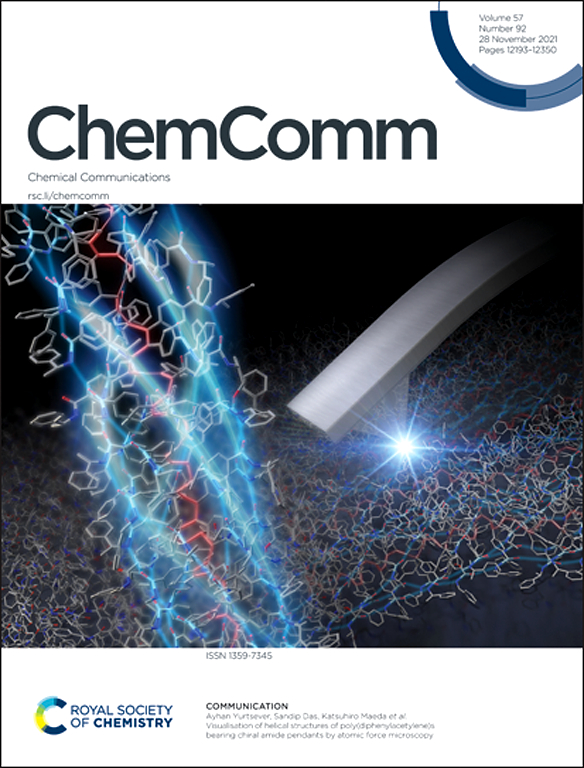Design of CO2-philic molecular units with large language models†
IF 4.2
2区 化学
Q2 CHEMISTRY, MULTIDISCIPLINARY
引用次数: 0
Abstract
The integration of large language models (LLMs) into chemical sciences presents a transformative approach for molecular design. In this study, we explore the capabilities of LLMs for generating novel molecular structures with enhanced CO2 affinity for the development of novel physisorption-based carbon capture technologies. By integrating LLM-generated candidates with DFT-based evaluation, we identified promising physisorption agents and highlighted the synergy between AI and expert-guided chemical research. Notably, LLM-generated structures showcased emergent design strategies, such as cooperative binding motifs, that aligned with domain knowledge and experimental precedent.


基于大语言模型的亲二氧化碳分子单元设计
将大型语言模型(LLMs)整合到化学科学中,为分子设计提供了一种变革性的方法。在本研究中,我们探索了llm生成具有增强CO2亲和力的新型分子结构的能力,以开发新的基于物理吸附的碳捕获技术。通过将法学硕士生成的候选材料与基于dft的评估相结合,我们确定了有前途的物理吸附剂,并强调了人工智能与专家指导的化学研究之间的协同作用。值得注意的是,法学硕士生成的结构展示了紧急设计策略,例如与领域知识和实验先例相一致的合作绑定基序。
本文章由计算机程序翻译,如有差异,请以英文原文为准。
求助全文
约1分钟内获得全文
求助全文
来源期刊

Chemical Communications
化学-化学综合
CiteScore
8.60
自引率
4.10%
发文量
2705
审稿时长
1.4 months
期刊介绍:
ChemComm (Chemical Communications) is renowned as the fastest publisher of articles providing information on new avenues of research, drawn from all the world''s major areas of chemical research.
 求助内容:
求助内容: 应助结果提醒方式:
应助结果提醒方式:


